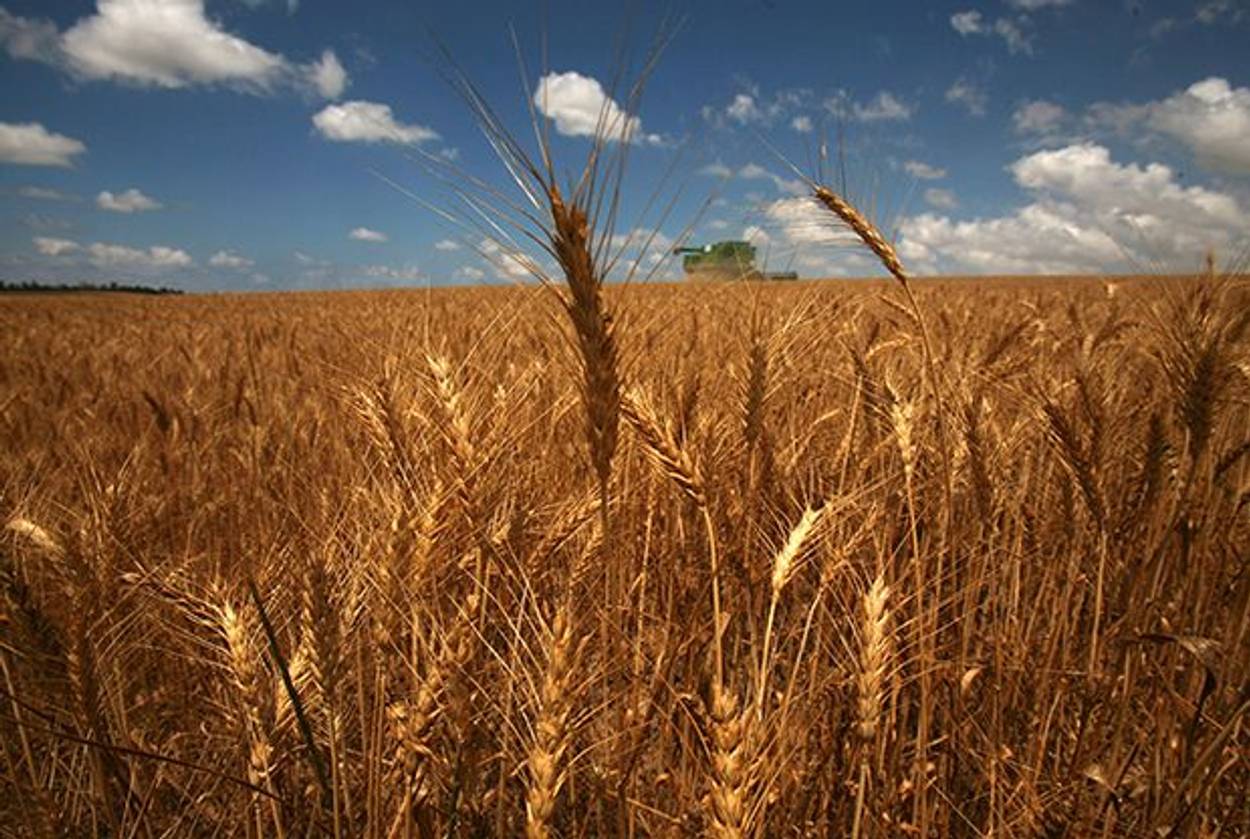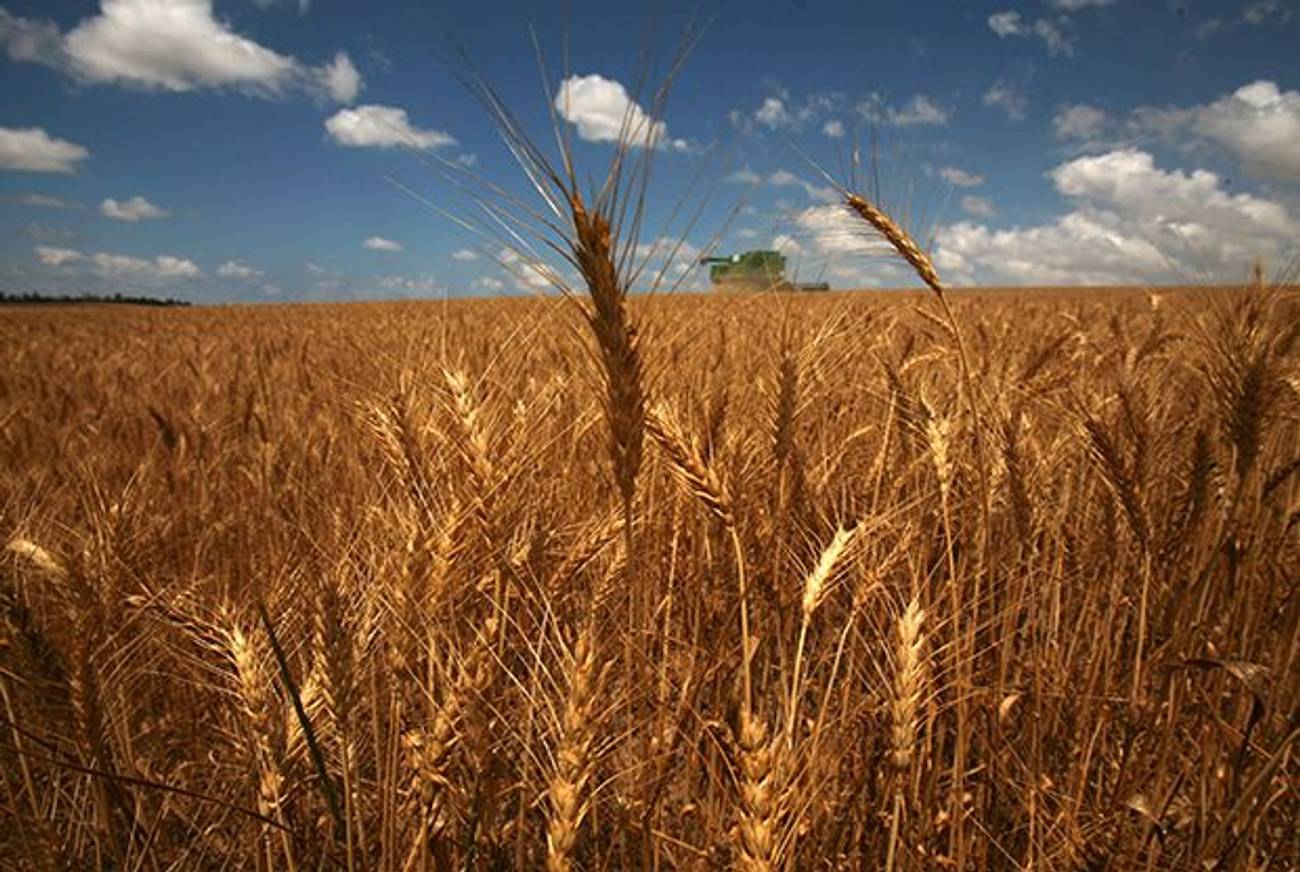What Is Shemini Atzeret, Anyway?
We ask the experts about the High Holiday season’s least-understood festival




The Jewish High Holiday season can seem like one giant whirlwind of atonement, matzoh ball soup, and relatives asking whether you’ve met any nice girls lately. Plus, with the celebration of Rosh Hashanah, the intensity of Yom Kippur, the grand architecture of Sukkot, and the fun of Simchat Torah, the low-key holiday of Shemini Atzeret—literally the “eighth day of assembly”—can get easily overlooked.
The history and story behind Shemini Atzeret, too, is much lesser-known than those of its fellow fall festivals. To help us understand the under-appreciated Jewish holiday, We asked rabbis and professors to explain Shemini Atzeret and its place within Judaism.
Professor Tzvi Novick, Abrams Chair of Jewish Thought and Culture at Notre Dame: The Bible declares that the eighth day of Tabernacles should be a holiday unto itself, separate from the holiday of Sukkot. Shmini Atzeret marks the beginning of the rainy season for ancient Israel and also the end of the holiday season.
Rabbi Ari Fridkis, Temple of Universal Judaism: In ancient times, Shmini Atzeret was the final day of our fall festival, which began with Rosh Hashanah, to celebrate the robust harvest and welcome in a new year.
Rabbi David Gaffney, The Conservative Synagogue of Fifth Avenue: The Midrash says that, as the end of Sukkot approaches, God grows lonely and asks that His people “spend one more day with Me as your departure will sadden me.” Shemini Atzeret was then added as an extra bonus holiday.
Fridkis: Hoshana Rabah, the day before Shmini Atzeret, is the last day to confess sins, to clean up your act. In order to leave on a happy note, one more holiday was added so everyone could celebrate together one final time.
Novick: The holiday is also sort of one last chance for atonement, which has been picked up on in the later liturgy. In Israel, it also marks the reading of the final section of the Torah, although outside of the Holy Land this has been pushed off to the next day.
Gaffney: The holiday itself is also a fitting conclusion to the emotional ups and downs of the previous couple of weeks. On the one hand, many eat in the Sukkah and enjoy the festivities, but at the same time there’s also a serious prayer service to ask for rain, similar to the traditions of Rosh Hashanah and Yom Kippur. The holiday is truly a metaphor for the relationship between God and the Jewish people and a triumphant culmination of the Jewish holiday season
Zack Schrieber is an intern at Tablet Magazine. Follow him on Twitter @zschrieber.